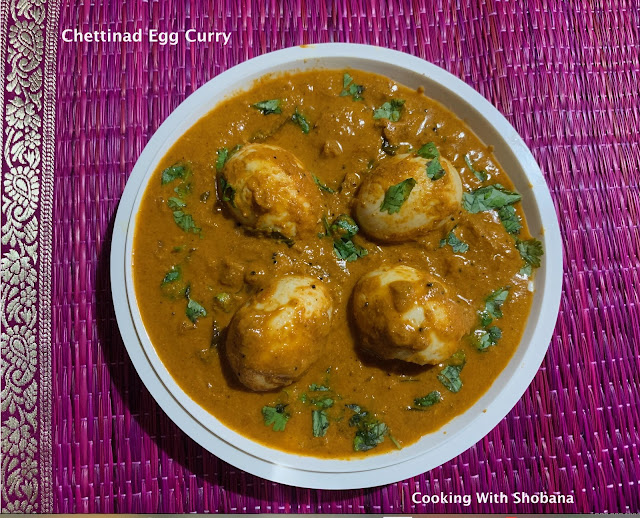MANGALURU SOUTHEKAYI HULI
Today we celebrate Kannada Rajyotsava since it was on this day in 1956 that my Home State of Karnataka came into being. I have therefore chosen to post a dish which is popular in the Mangaluru- Udupi areas of Karnataka.
"Field Marrow" is commonly known in India as Mangalore Cucumber, Madras Cucumber, and even Malabar Cucumber. We call this "Magge" in my mother tongue, Konkani and it is called, "Mangaluru Southekayi" in Kannada.
Elsewhere in this blog, you will find recipes for some dishes made with Mangaluru Southekayi such as:-
Today's recipe is for a side dish made with Mangaluru Southekayi. I have adapted this from the Kannada YouTube video Mangalore Cucumber Sambar from Ambika Shetty's Kitchen.
We enjoyed this with hot steamed rice. I am sure you will like this too!
Ingredients:-
- Mangaluru Southekayi (Mangalore Cucumber), 1/2 or 350-400 gms
- Urad Dal, 1 tbsp
- Coriander Seeds, 1 and 1/2 tsp
- Fenugreek (Methi) Seeds, 15
- Cumin Seeds, 1/2 tsp
- Byadgi Red Chillies, 6
- Fresh Coconut Gratings, 1/2 cup
- Turmeric Powder, 1/4 tsp
- Tamarind Juice, 2 tbsp
- Jaggery, grated, 2 tbsp
- Cooked Toor Dal, 1/4 cup
- Salt, to taste
- Oil, 1 tsp
For Seasoning :-
- Mustard Seeds, 1 tsp
- Dry Red Chilli, broken into halves, 1
- Asafoetida (Hing), 1/8 tsp
- Curry Leaves, a sprig
- Oil, 2 tsp
Method:-
Wash the Mangaluru Southekayi and chop this into bite-sized pieces. Peeling the outer skin is optional. I have retained this.
Heat 1/2 tsp of oil in a thick-bottomed pan and add urad dal, coriander seeds, fenugreek seeds and cumin seeds and roast them on medium heat till the dal changes colour
Remove the roasted ingredients and allow it to cool
In the same pan add a few drops of oil and roast the Byadgi red chillies till they become crisp
In mixer jar, grind together the roasted ingredients (mentioned above) along with 1/2 cup of coconut gratings, turmeric powder, and grind to a fine paste using the required amount of water. Keep aside
Heat 3 cups of water in a vessel and when it boils add the Mangaluru Southekayi pieces, lower the flame and cover and cook for about 5 minutes
Add the tamarind extract, grated jaggery, and salt to taste and mix well
Cook covered for another 5 minutes on medium heat
To this add the freshly prepared ground paste and mix well
Add water as required to get a gravy like consistency
Now add the cooked toor dal and mix well
Check for salt and add if required
Bring this to a boil, then lower the flame and let it simmer for 5 minutes
Heat 2 tsp of oil in a small pan and on medium heat add the mustard seeds, when they splutter add the broken dry red chilli, hing, and curry leaves and saute for a few seconds
Pour this seasoning on to the Mangaluru Southekayi Huli and mix well
Switch off the gas and transfer the Huli to a serving bowl
Serve Mangaluru Southekayi Huli with hot steamed rice

















